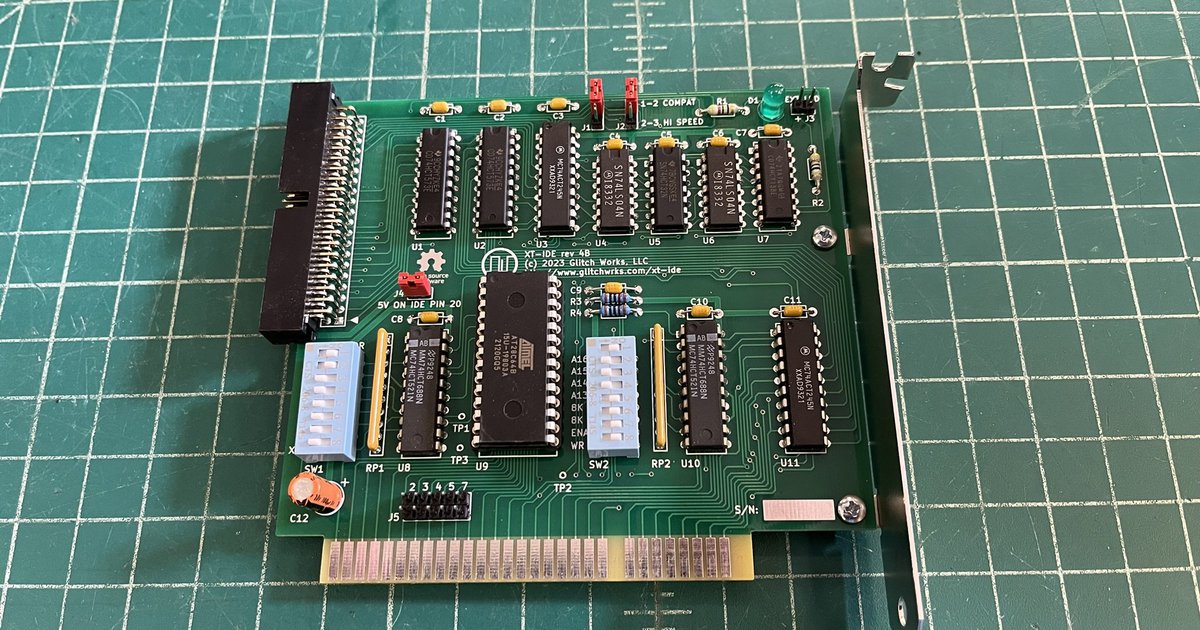Eudimorphodon
Veteran Member
Problem squarely exists with the xtide card. Not sure where to go next with this, as I didn't build it.
Did you ever link what exact card you bought? (Or posted a detailed picture of it?) Conceptually there is very little to the XT-CF design, but depending on how the builder chooses to implement it and what shortcuts they might take the exact parts used can vary, a lot. So if you’re asking for help trying to repair the one you have or more accurate guesses on what failed people would need that info.


